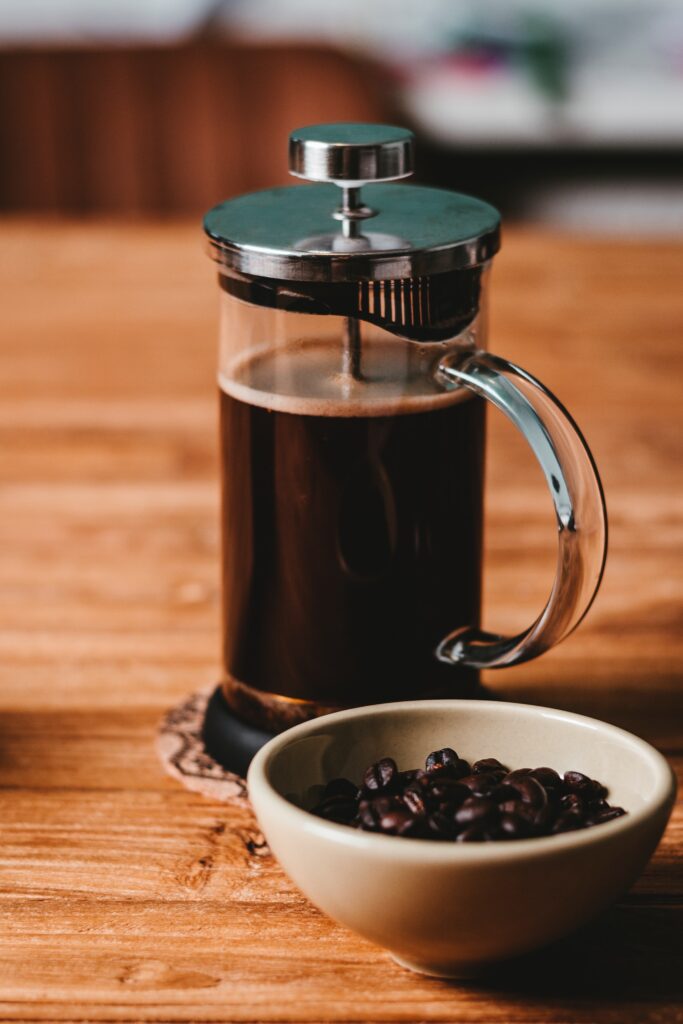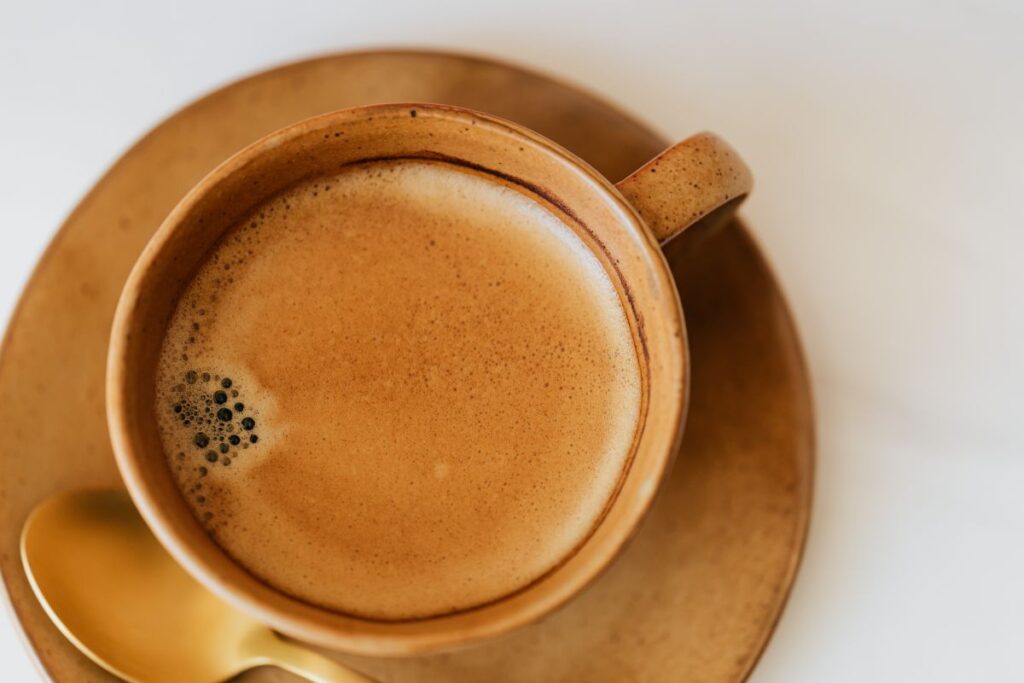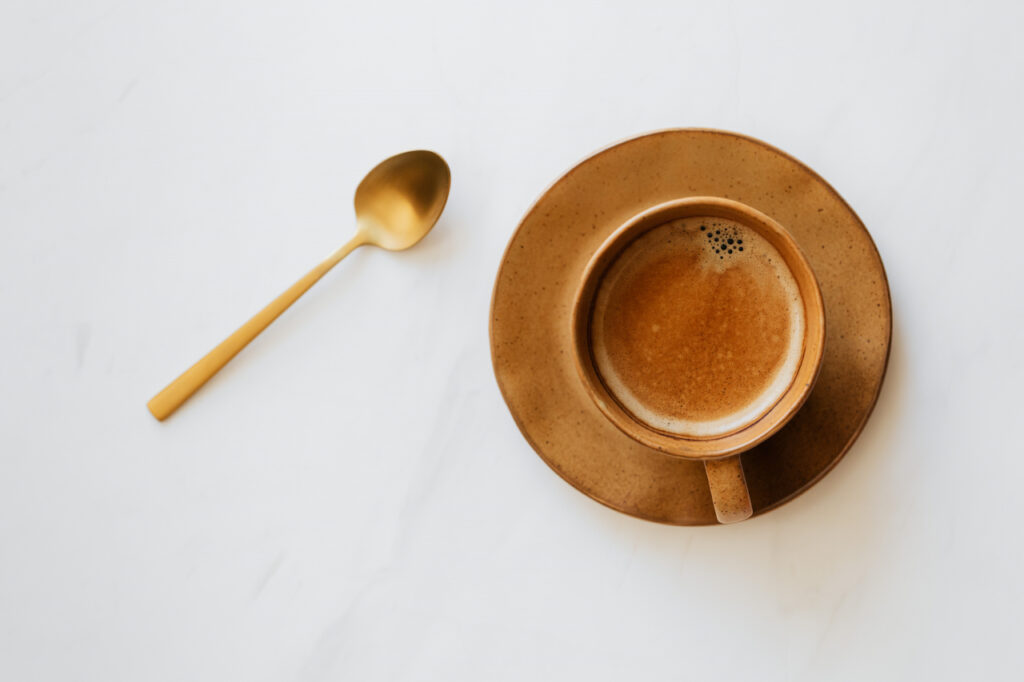Buying coffee from that cafe around the corner used to be one of the commute’s great perks; a pick-me-up, time saver and the quickest path to a decent cup. But heading out to buy one each morning doesn’t feel quite so effortless when a cost-of-living of living crisis is gripping the UK and millennial’s coffee (and avocado toast) habits are under scrutiny.
Unfortunately, not all store-bought, pre-ground coffee tastes as good as your local, artisan coffee shop’s efforts, and this can really impact the enjoyment of your cup. That morning jolt you’ve learned to love? Sometimes, in the wrong hands, it can be more of a grimace.
Thankfully, the world of homebrewed coffee gets more advanced every year, and this means a better-tasting cup from the comfort of domesticity in just a few simple steps. If you enjoy saving money on your coffee by drinking it at home, but still want a barista-made taste, then try these; our 6 tips for making your coffee taste great at home.
The Quickest Path To Great Coffee Is Espresso
A regular, instant coffee remains the choice of so many home drinkers because of its ease and convenience. And sometimes, it does hit the spot. Other times (the majority of the time, let’s be honest) an instant coffee comes out overly sweet and uninspiring.
The quickest way to bring out your inner coffee connoisseur is through espresso. In fact, your regular coffee shop uses this process as the foundation for all your favourite brews, from an Americano to a Flat White, a Mocha and beyond.
It’s also one of the easiest methods out there if you invest in the right equipment. Many coffee fans use an old fashioned percolator (or Moka pot), which can make a stovetop espresso in around five minutes. That said, the end product isn’t actually what experts would term a genuine ‘espresso’; just a really delicious, extra strong coffee.
Instead, if you’re really keen to enjoy a coffee shop coffee at home, you’re going to have to invest in a proper espresso machine. You know, the ones with all the levers which drown out conversation in your local Costa, but end up producing a thick, luscious drop.
Actually, the process isn’t so hard once you’ve got the knack. You can even steam and froth milk if you’re keen on taking your Latte art to the next level!

Drop The Drip
If such an investment is a little out of your budget, then a good old fashioned cafetiere does the job perfectly well. We find that the drip pot coffee makers you used to find in households across the country (and certainly, on the other side of the pond) produce a weak, burnt tasting cup. So, drop the drip and invest in a traditional French press for an upgrade.
Making coffee in a cafetiere requires only a dash of patience and a cursory knowledge of the process. It’s a good idea to steep (or ‘bloom’) your ground coffee in a little cold water prior to adding the boiled stuff to avoid it burning. Allow the grounds to absorb that cold water to prevent scorching.
You should allow your boiled water to cool to 94°C – or simply, a little under boiling temperature – before adding to the bloomed ground coffee at your desired ratio. In general, for a 1 Litre French Press, you should use around 4 tablespoons of strong ground coffee.
Then, you should wait; 4 minutes is optimum time for brewing. Any more, and the drink begins to taste bitter. After plunging you should again wait for a minute or so to let the ground coffee settle and flavours once more infuse. Then, you pour and enjoy the perfect cup of coffee at home.
Read: How to make the best coffee using a drip coffee maker

Add Ingredients & Flavours
Adding sugar, cream, or milk is not the only way to change the composition of your coffee’s flavour profile. You did want to take things up a notch, right? Well, coffee culture extends far beyond the beans and the grind, we think.
Adding different flavours that are unique to your coffee can really change how it tastes and channel that coffee shop ‘je ne sais quoi’. Cinnamon, nutmeg, vanilla extract, chocolate, and even salt can be used to great effect to really pull different flavours out from your homebrew.
Vanilla extract enhances the sweetness but without added sugar, fat, or lactose, and salt can cut the bitterness of black coffee like a dream. There are all sorts of ingredients and add-ins that you can find around your kitchen that can make small but noticeable differences to your homemade coffee; find your favourite, but do use it sparingly…you wouldn’t want that magic dust to lose its sparkle.

Buy Better Blends
We realise we’re working backwards here, having already boiled the kettle, but anyway, we can’t reiterate this enough; the actual coffee blend you buy is crucial to the overall quality of your cup. Indeed, good beans and the right grind, sourced from a reputable, fair-trade aligned coffee roaster, are as important as the brewing process.
Some of the best coffee blends in the world are slightly above what you might want to pay but you are getting quality with every sip. Some of our favourite blends are Trung Nguyen from Vietnam, which blends Arabica and Robusta to a chocolatey, rich finish, Blue Mountain from Jamaica, and Ethiopian Yirgacheffe, from the birthplace of coffee. Of course, it’s all subjective; find what suits you and dive in.

Freshly Ground
Ideally, to appreciate the intended flavours of a coffee bean, your product needs to be fresh. If you really want the perfect cup of coffee, it’s worth going for whole beans that are suited to manual brew styles, investing in a coffee grinder and buying fresh, whole beans. A coffee grinder changes the game when it comes to taste and balance. Pre-ground loses flavour from the oils which are trapped in the bean; as soon as those oils come into contact with air, they oxidise and lose their aroma and moisture.
The grind itself impacts the flavour of the coffee, too. If it’s too fine, things will get bitter, fast. Should it be too coarse, you’ll get a watery blend. Most drip coffees call for a medium to medium-fine grind, though this is bean dependant, so always check before grinding.
If you don’t have time to grind your own beans, once you’ve opened a pre-ground pack make sure you use it up within two weeks max, otherwise it will go stale; an awesome excuse to drink more of the good stuff. Generally speaking, instant coffee should be reserved for other uses that don’t involve drinking the stuff.
Treat It Like A Science
For a great cup, you need to respect the coffee brewing process like a science. This means not rushing, and following each step with the reverence it deserves.
Properly weigh your beans or grounds on a scale to ensure an accurate cup, filter your water to get rid of any excess particles that detract from the flavour, and get your water to just the right temperature. Set a timer for the brewing time and temper your milk just how you like it; so much effort went into harvesting and transporting the beans…you owe it to the producers to make a decent cup at the end of it!
If this article has got you thirsty, why not indulge in a spot of virtual globe trotting next, and check out our guide on 7 ways to brew the IDEAL cups of coffee from around the world. Perhaps don’t try all seven in one sitting, though.





